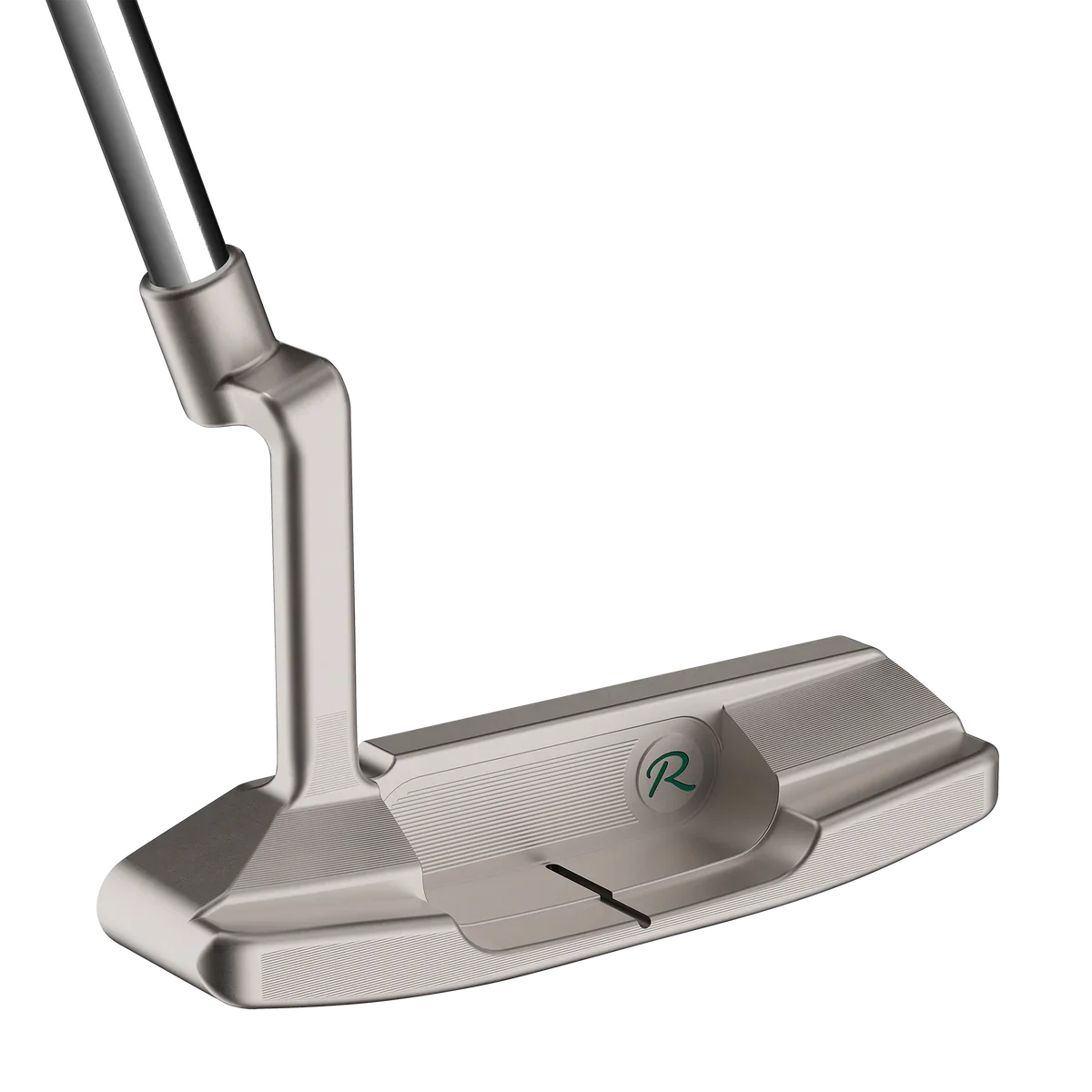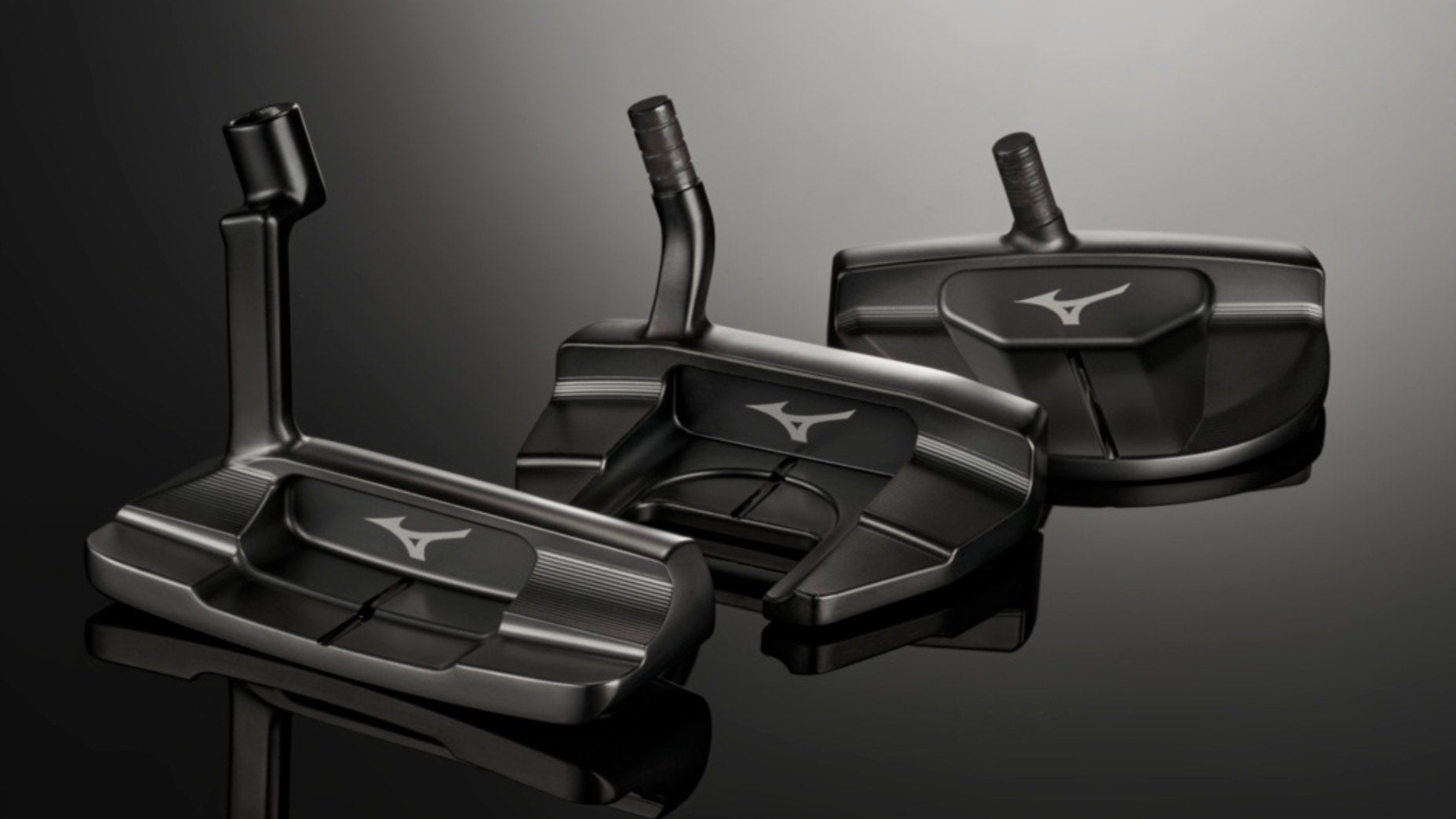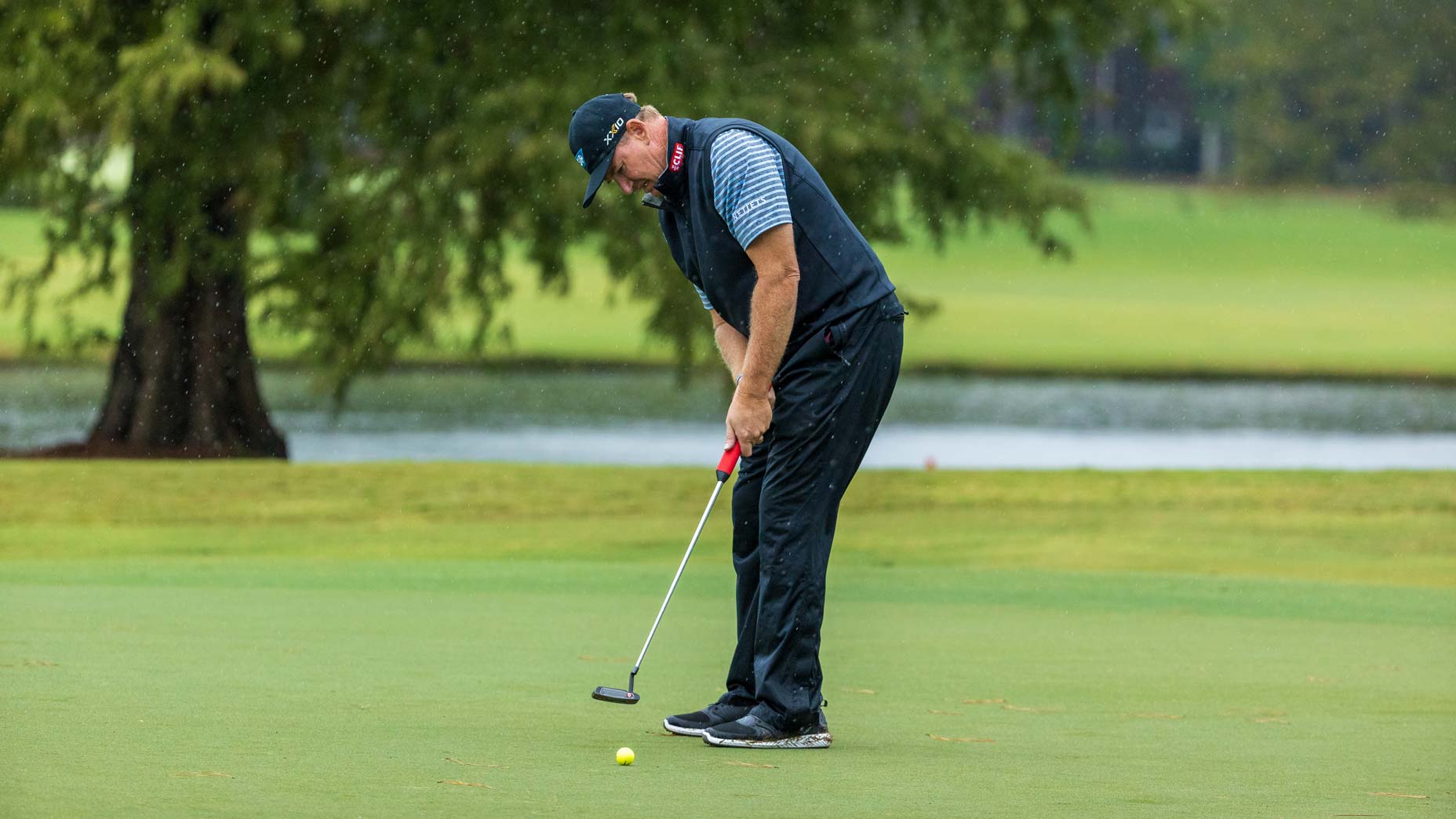
Saving shots on the green can be easier than you think with the right tools
Getty images
At some point, almost every golfer, no matter their talent level, struggles on the greens. (Ask Scottie Scheffler.) The reasons are manifold — unfamiliar grass, speeds that are faster or slower than they usually encounter, a putter that isn’t quite aligning with their stroke — but to find a solve it’s critical to understand the difference between a bad day on the greens and a long-term trend.
To help you figure out the best plan of attack to finding a new flatstick, we’ve come up with some simple identifiers to guide you through the process of figuring out if you really need new putter or maybe just a lesson.
Looks and alignment
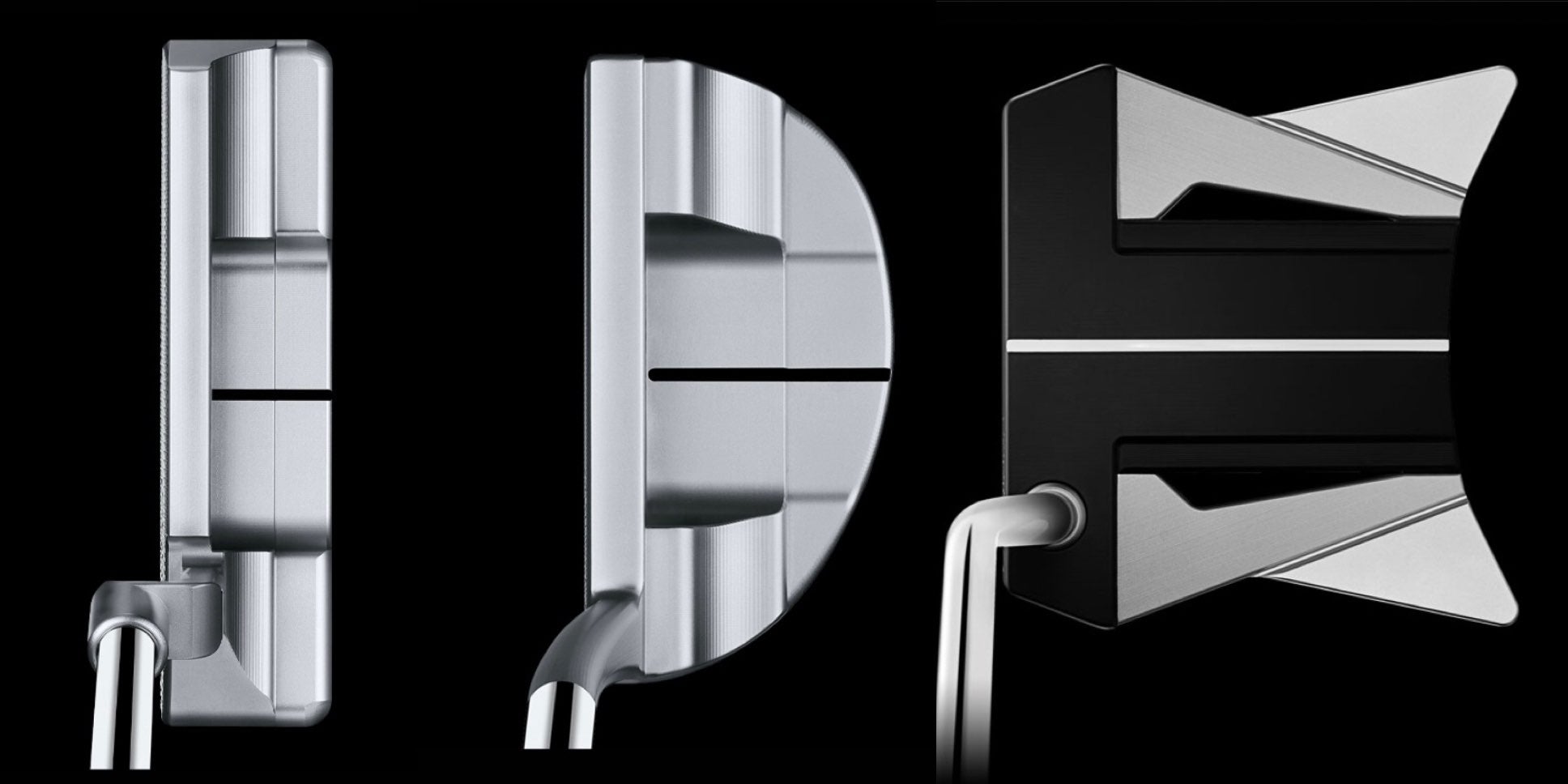
Titleist / Ryan Barath
Although the look of a putter might seem trivial, it actually has an enormous impact on a number of factors, including stroke bias and aim.
For example, a putter with more square lines might help you align better, but it might also force you to manipulate your putting stroke. On the other hand, a more rounded putter might help you make a better stroke, but if you’re not aligning it correctly, you’re not doing yourself any favors, either.
The solution is to consider a couple of putters that best fit your overall shape preference, and from there find one that suits the way you aim. Do you like a longer line? Do you use the leading edge of the face? Do you prefer a putter with a higher contrast alignment?
Once you answer these questions, you’ll be well on your way.
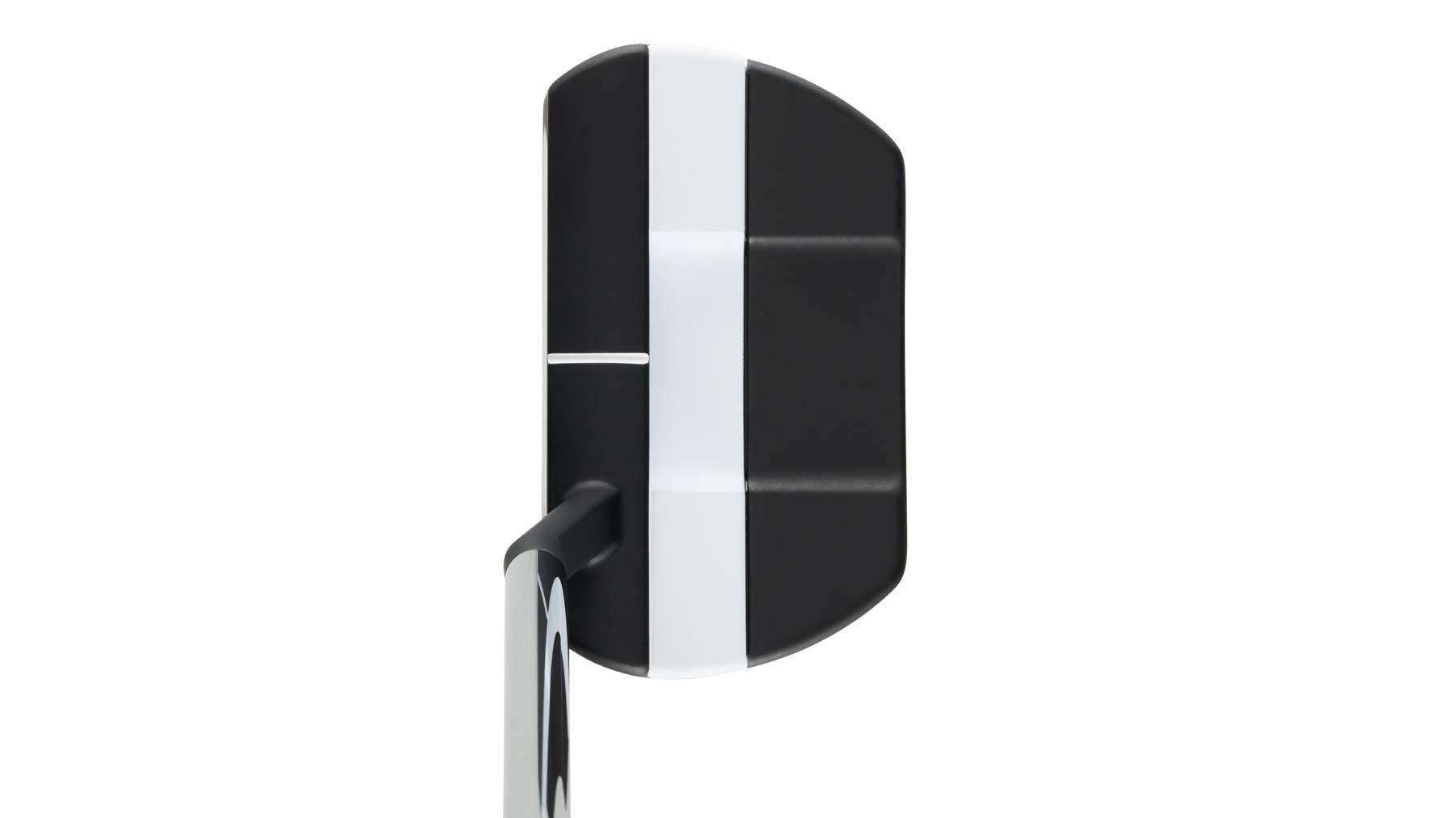
Callaway Golf
Length
Far too often golfers just grab a putter off the rack, give it a few strokes and say, “Yeah, this will work.” But that style of decision-making could do much more harm than good.
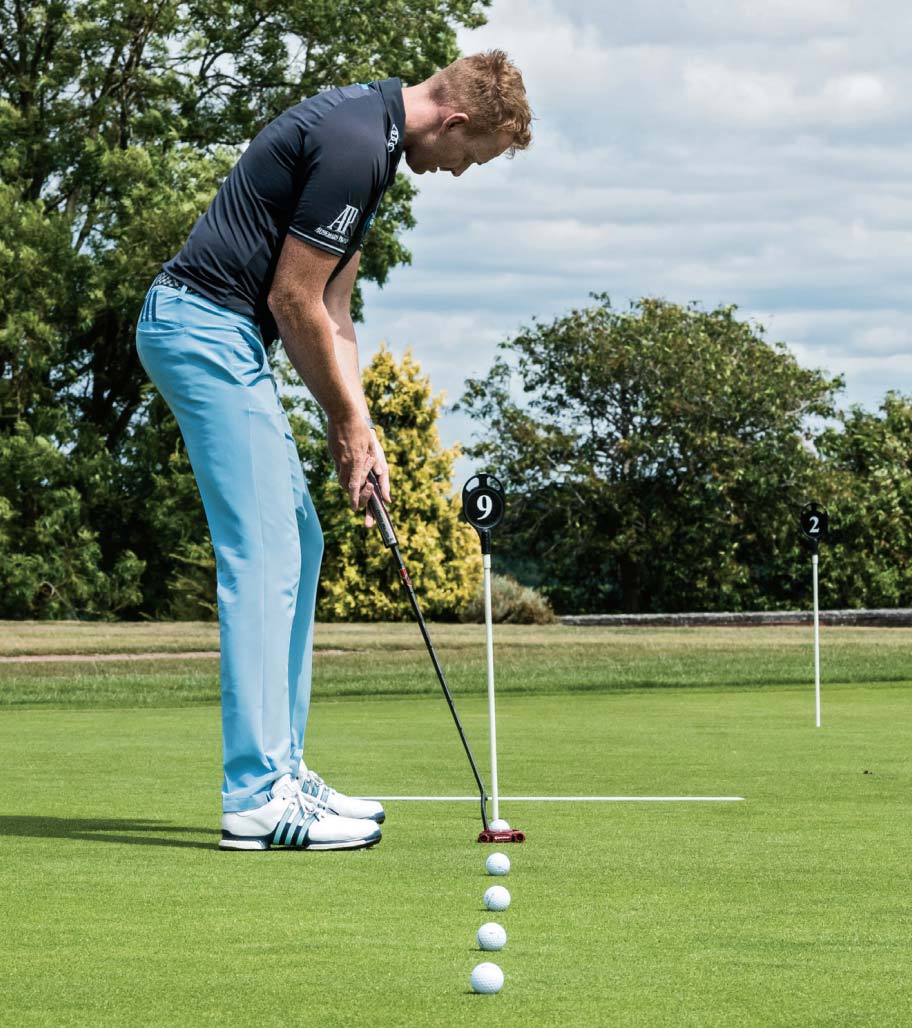
GOLF.com
On the back of talking about looks and alignment, putter length also plays a big part in how a player aims because the length determines exactly how a player takes their posture when setting up to the ball and where the putter sits relative to the eye line.
If you are using a putter that doesn’t put you into a natural posture over the ball, you’re either going to be too far away or potentially too far over the ball to make an effective stroke. What’s even worse is if you are getting into the proper position over the ball by dramatically changing your posture and hand position to fit the putter’s set length.
Your putter length should put you in a natural position over the ball with your hands able to make a comfortable stroke and positioned on the putter to where you are holding the middle of the grip. It’s a simple solution to either cut down or extend a putter, and either way, it gives you the opportunity to pick a fresh grip — so even if you’re not looking at a brand new putter, it’s still going to feel new.
Feel and sound
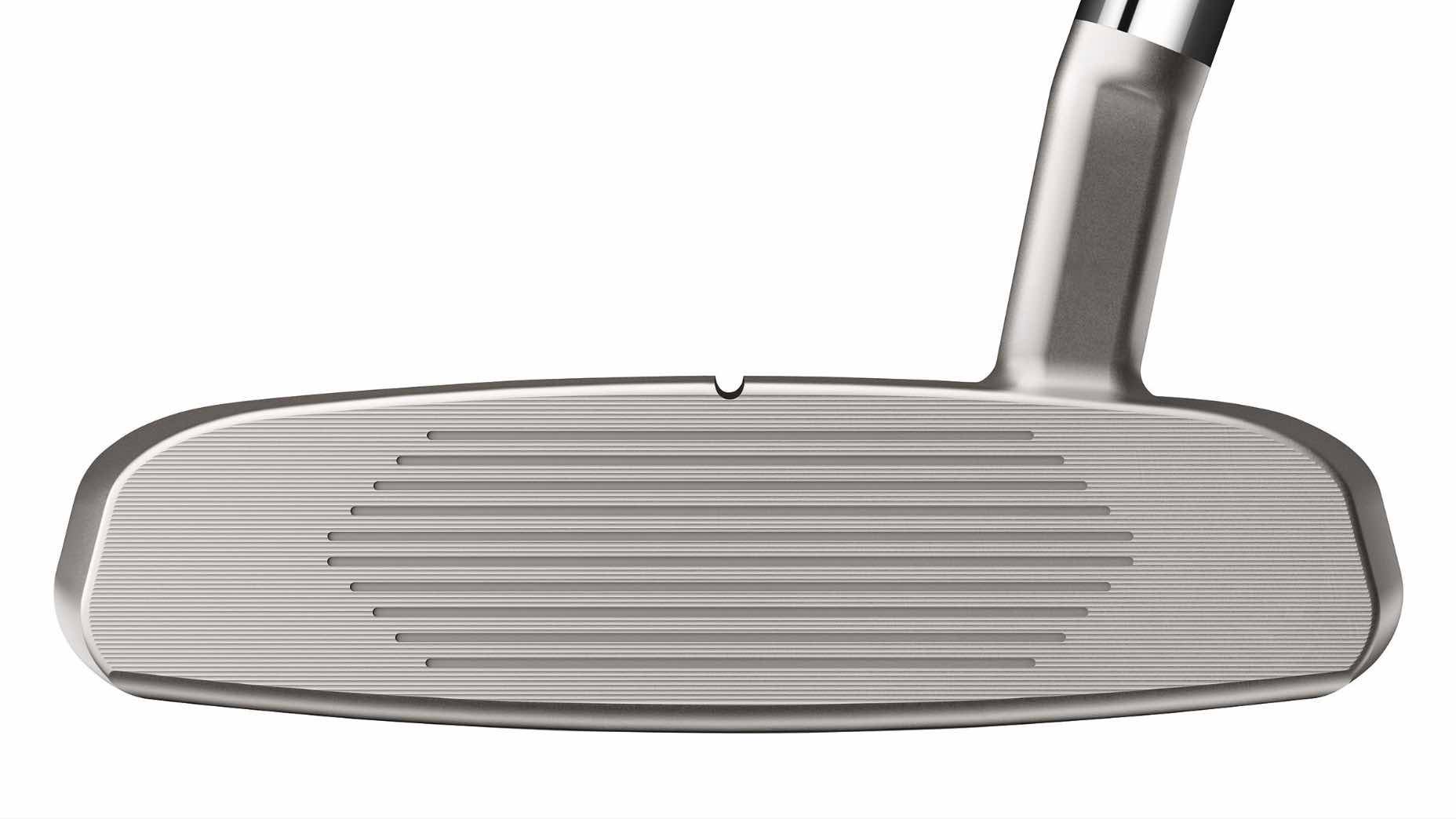
TaylorMade Golf
Putter feel is subjective, and will always come down to the individual golfer. While some golfers might prefer a putter that makes more of a solid “click” sound, others could go the opposite way and prefer to use a putter with a soft insert that produces a duller acoustic. Between these two ends of the spectrum is an endless number of options between face milling patterns and different inset materials to get you dialed into your perfect sound.
All of our market picks are independently selected and curated by the editorial team.
If you buy a linked product,
GOLF.COM may earn a fee. Pricing may vary.
TaylorMade TP Reserve putter
$399
TP Reserve features refinements to top line thickness, face heights, blade lengths and radius shaping for premium styling and Tour- inspired details
Just as looks can change how you aim, the sound and feel of a putter will have a large impact on distance control, which is why it is so important to find the right one that matches up with how you adjust to green speed.
So whether you’re looking for a brand ne- option, or just want to make some adjustments to your current putter, use these determining factors to make sure you have the right putter for your game.
Want to overhaul your bag for 2023? Find a fitting location near you at True Spec Golf.



